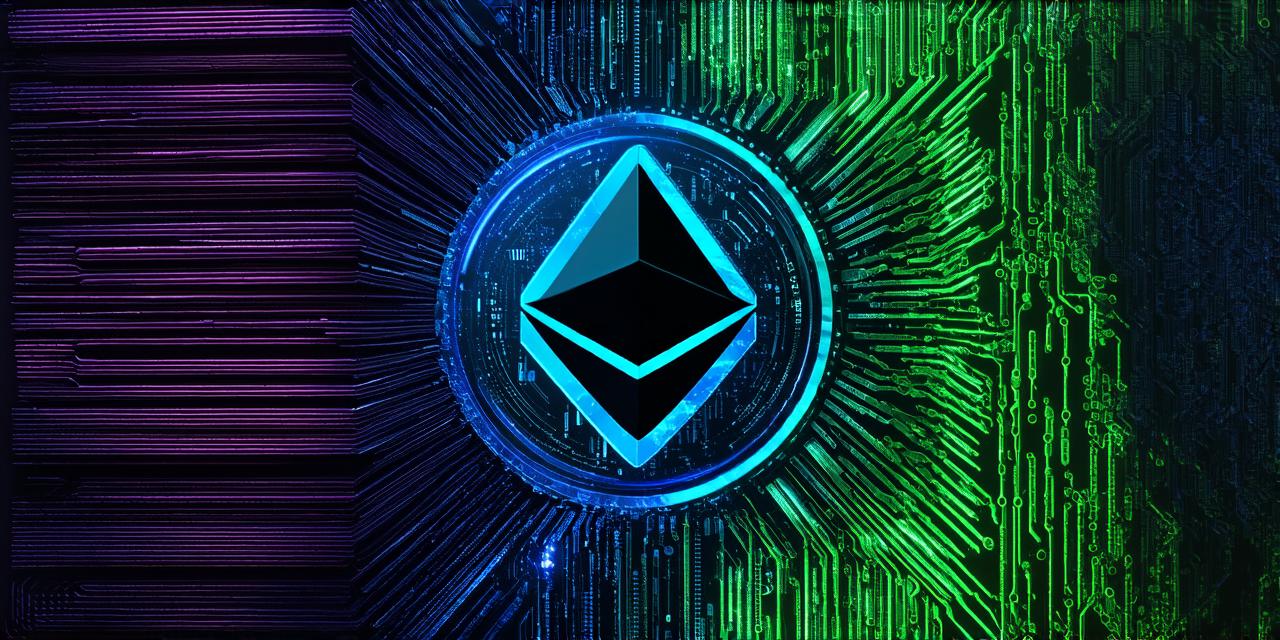Understanding the Ethereum Blockchain
At its core, the Ethereum blockchain is a decentralized, distributed ledger that records transactions and maintains the integrity of data stored on it. The Ethereum blockchain is built using smart contract technology, which allows developers to create self-executing contracts that can automate complex processes and reduce the need for intermediaries.
Exploring the Layers of the Ethereum Blockchain
The Ethereum blockchain consists of several layers that work together to ensure its functionality and security. These layers include:
The Application Layer

The application layer is where users interact with the Ethereum network through decentralized applications (dApps) and smart contracts. dApps are built on top of the Ethereum blockchain and can be used to perform a wide range of functions, from buying and selling goods and services to creating and managing decentralized autonomous organizations (DAOs).
The Presentation Layer
The presentation layer is responsible for presenting data to users in a readable format. This layer includes tools such as block explorers and transaction aggregators, which allow users to view and analyze transactions on the Ethereum network.
The Data Layer
The data layer stores all of the data on the Ethereum blockchain, including transaction records, smart contract code, and other relevant information. This layer is accessible through tools such as blockchain explorers and APIs (Application Programming Interfaces), which allow developers to interact with the Ethereum blockchain programmatically.
The Consensus Layer
The consensus layer is responsible for validating transactions on the Ethereum network and ensuring that they are added to the blockchain in a secure and consistent manner. This layer uses a variety of consensus algorithms, including proof-of-work (PoW) and proof-of-stake (PoS), to validate transactions and prevent fraud and double-spending.
Viewing Transactions on the Ethereum Blockchain
To view transactions on the Ethereum blockchain, you will need to use a block explorer or transaction aggregator. These tools allow users to search for specific transactions by address, timestamp, and other criteria, and can provide valuable insights into the activity on the network.
One popular block explorer for the Ethereum network is Etherscan, which provides detailed information about transactions, including their status, sender and receiver addresses, and transaction details. Another useful tool is Ethers.io, which allows users to interact with the Ethereum blockchain directly through a web-based interface.
Viewing Smart Contracts on the Ethereum Blockchain
Smart contracts are self-executing contracts that can automate complex processes and reduce the need for intermediaries. To view smart contracts on the Ethereum blockchain, you will need to use a block explorer or transaction aggregator that supports smart contract viewing.
One popular tool for viewing smart contracts is Remix, which is an open-source IDE (Integrated Development Environment) for building and testing Ethereum smart contracts. Remix allows developers to view and edit existing smart contracts, as well as test them on a local blockchain or the Ethereum mainnet.
Summary
In conclusion, viewing the Ethereum blockchain is an essential part of understanding how the technology works and how it can be used to create innovative applications and decentralized systems. By using web3 wallets, block explorers, transaction aggregators, and smart contract development tools, blockchain developers can gain valuable insights into the activity on the Ethereum network and build secure and reliable decentralized applications.
